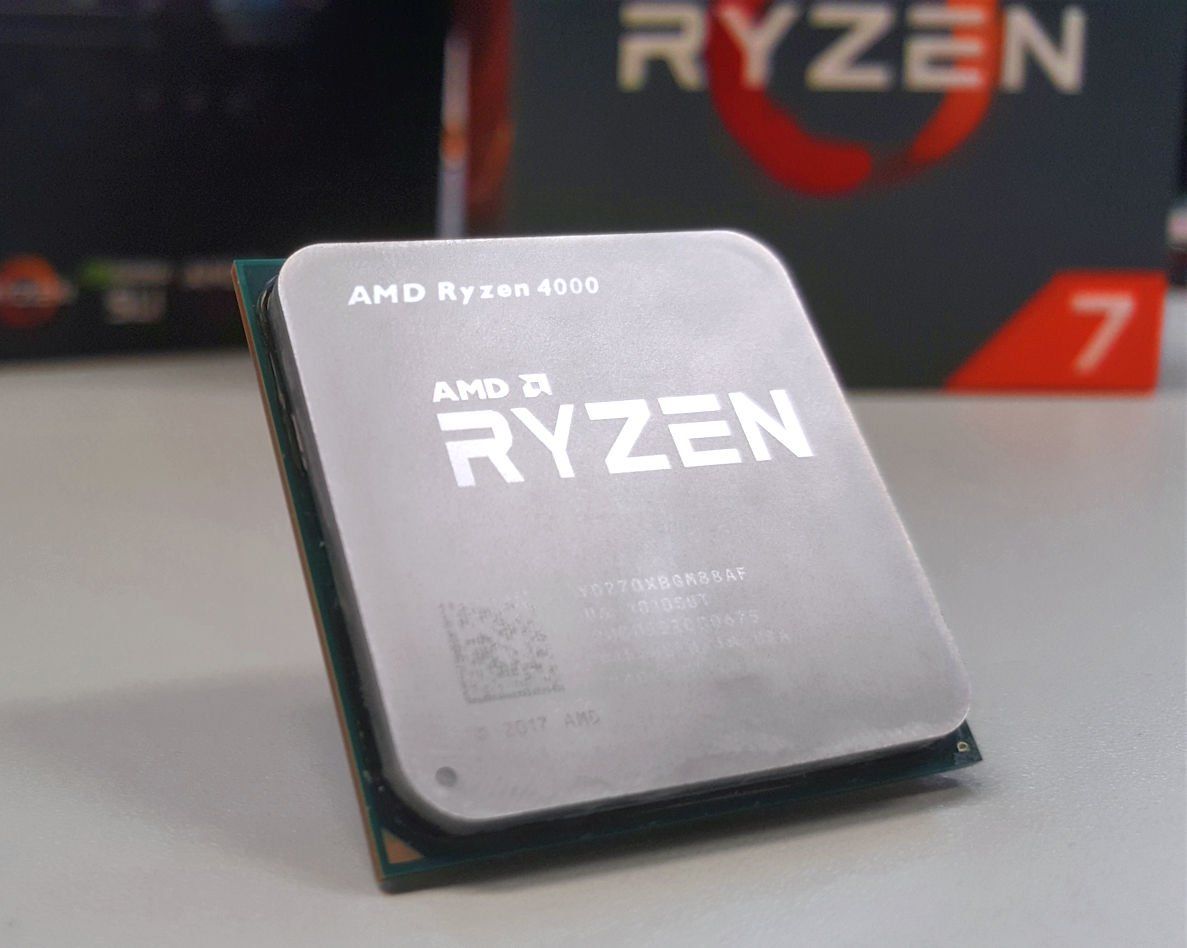The next generation of the AMD Ryzen series processors, codenamed “Vermeer”, has been confirmed to adapt the architecture of Zen 3, what about the next 5th generation? A recent Twitter feed from Twitter user @MebiuW revealed a photo of a suspected AMD roadmap (now deleted) with a previously unseen codename “Warhol”, which says that “Warhol” will use the Zen 3 architecture, 7nm process, and PCIe 4.0 support, but there is no mention of this generation.
In terms of design, AMD’s third-generation Ryzen series, based on Zen 2 architecture, is just the desktop APU and the recently rumored Ryzen 3000XT, which completes the entire series from entry-level to flagship level, followed by the new Zen 3 architecture processor.
MebiuW then added some more notes, saying that the 3rd generation Ryzen series codenamed “Matisse” will use the Zen 2 architecture and 7nm process, followed by “Matisse”, the 4th generation Ryzen series codenamed “Vermeer” will use the Zen 3 architecture and 7nm process, and this time “Warhol” comes after “Vermeer”.
Since TSMC’s 5nm and 7nm design rules are not the same, MebiuW added that if the Zen 3 switches from 7nm to 5nm, the current Zen 3 design would need to be overhauled, which would push up costs unreasonably. MebiuW also mentioned that the ES pattern would be for the Zen 3 N7P, which would refute the rumor that the Zen 3 architecture would be switched to 5nm.
AMD’s next generation of desktop-class Ryzen 4000 series processors, based on the Zen 3 architecture and codenamed “Vermeer”, is based on TSMC’s new N7P or N7+ 7nm process with up to 16 cores and 32 threads. Earlier sources said AMD will make some core-level improvements to the Zen 3 architecture with the goal of improving IPC performance in the Zen 3 architecture by at least 10-15% over current Zen 2 processors.
The first technical patterns of the 5 complete AMD Zen 3 architecture processors recently released on the Internet are the 8 cores, the 3 technical patterns are “100-000000063-07_46/40_ N”, “100-000000063-08_46/40_ Y” and “100-000000063-23_44/38_ N”.
Compared to the currently available Ryzen 7 3800X and Ryzen 9 3950X, Ryzen 7 3800X with 16 cores and 32 threads has two models, “100-000000059-14_46/37_Y” and “100-000000059-15_46/37_N”, both with a base and boost clocks of 3.7/4.6 GHz.
Based on the above, the 16-core boost clock in both Zen 3 architectures is 100 MHz lower than the Ryzen 9 3950X, but the original clock settings of the technical example are more conservative, and the official retail version will be much more stable than the technical example in terms of both clock and stability.
However, based on the numbers in the technical sample, the Ryzen 4000 series desktop processors would have some CPU clock gain and combined with AMD’s earlier claims of up to 20% IPC performance gains, the ultimate boost clock is not far from breaking through 5 GHz.
